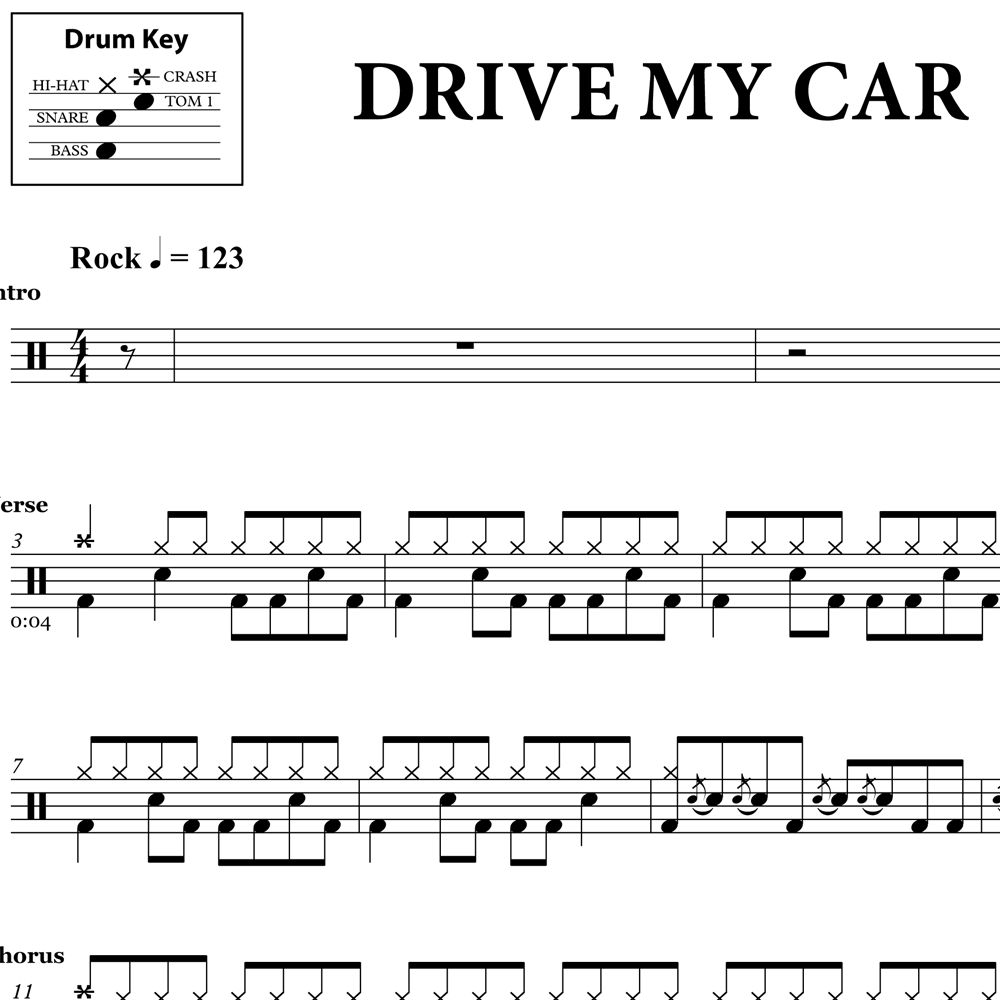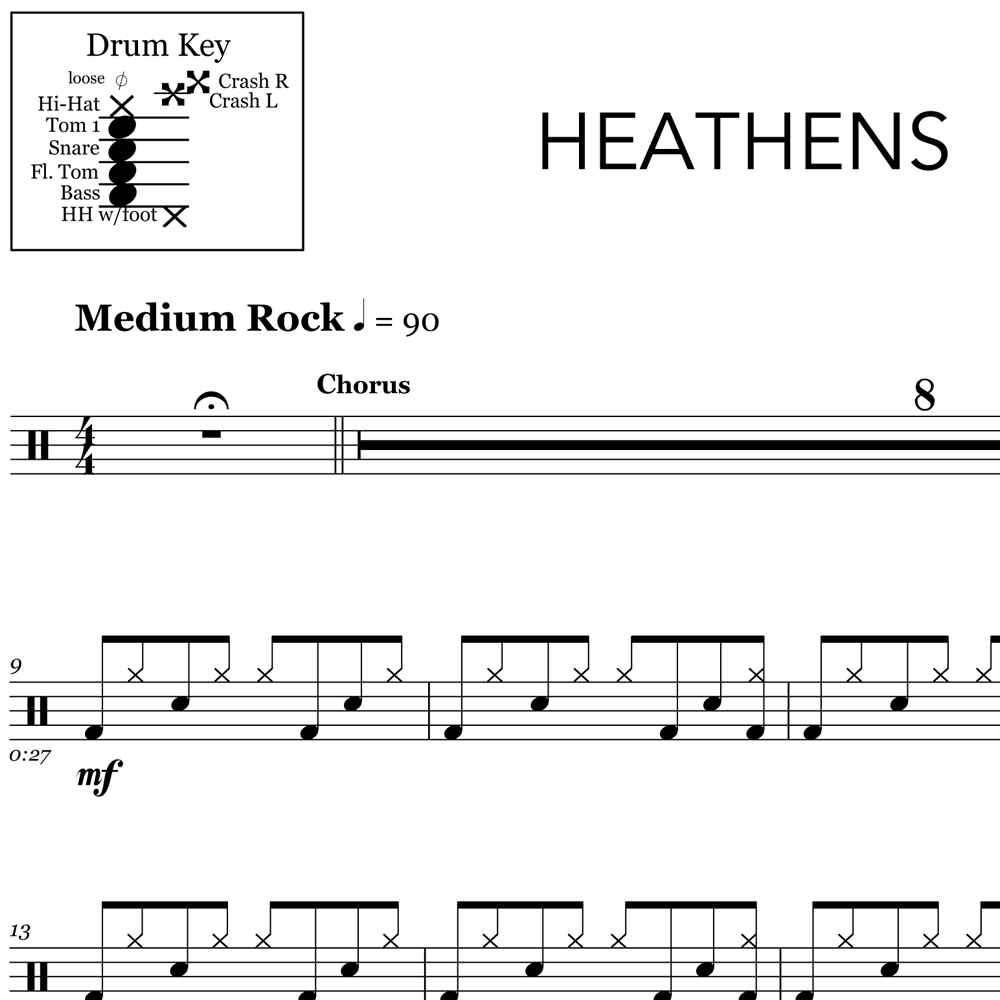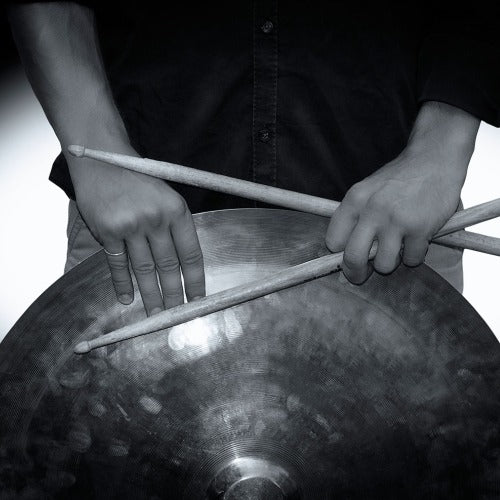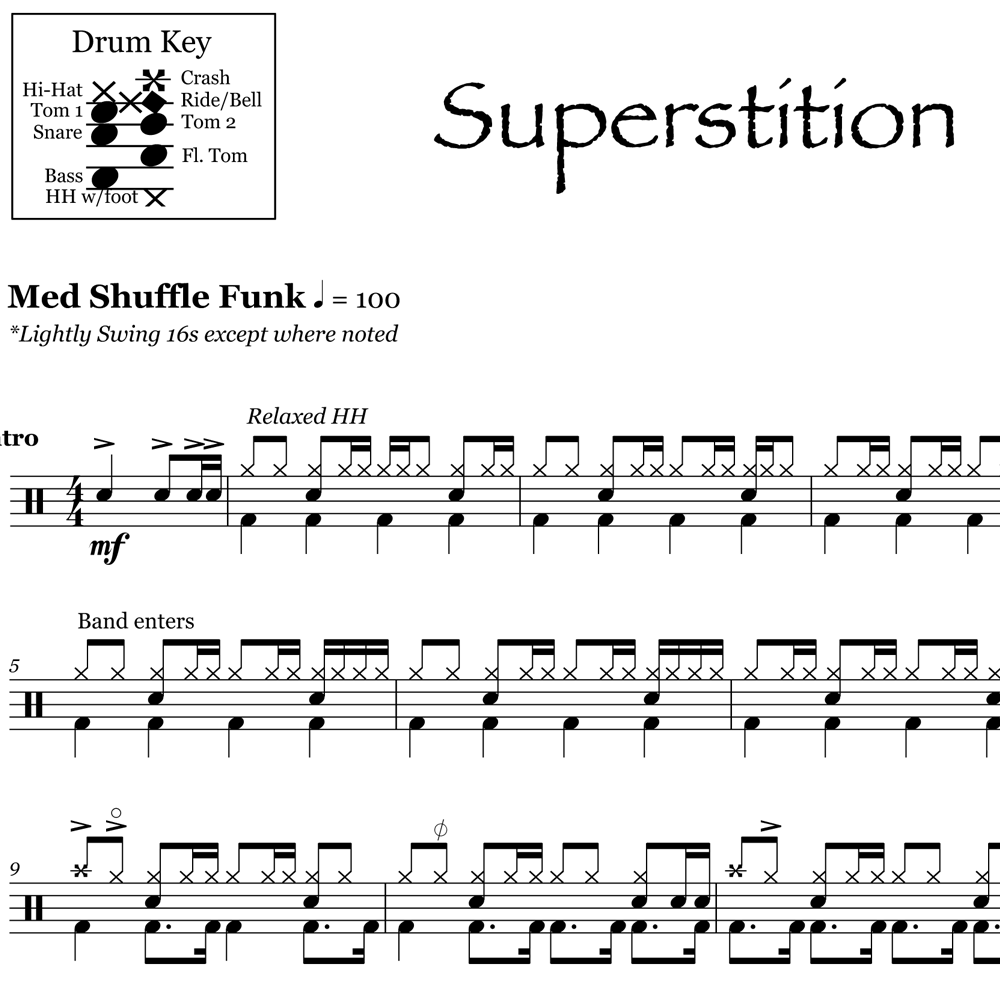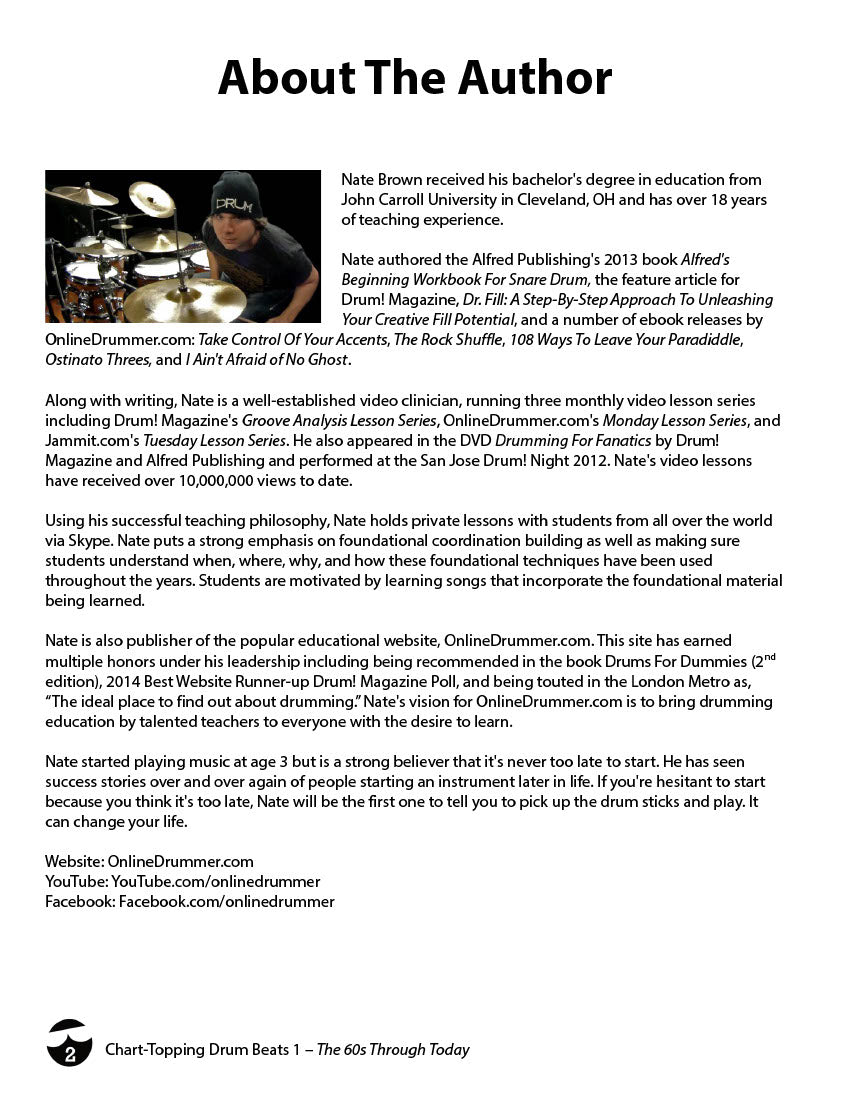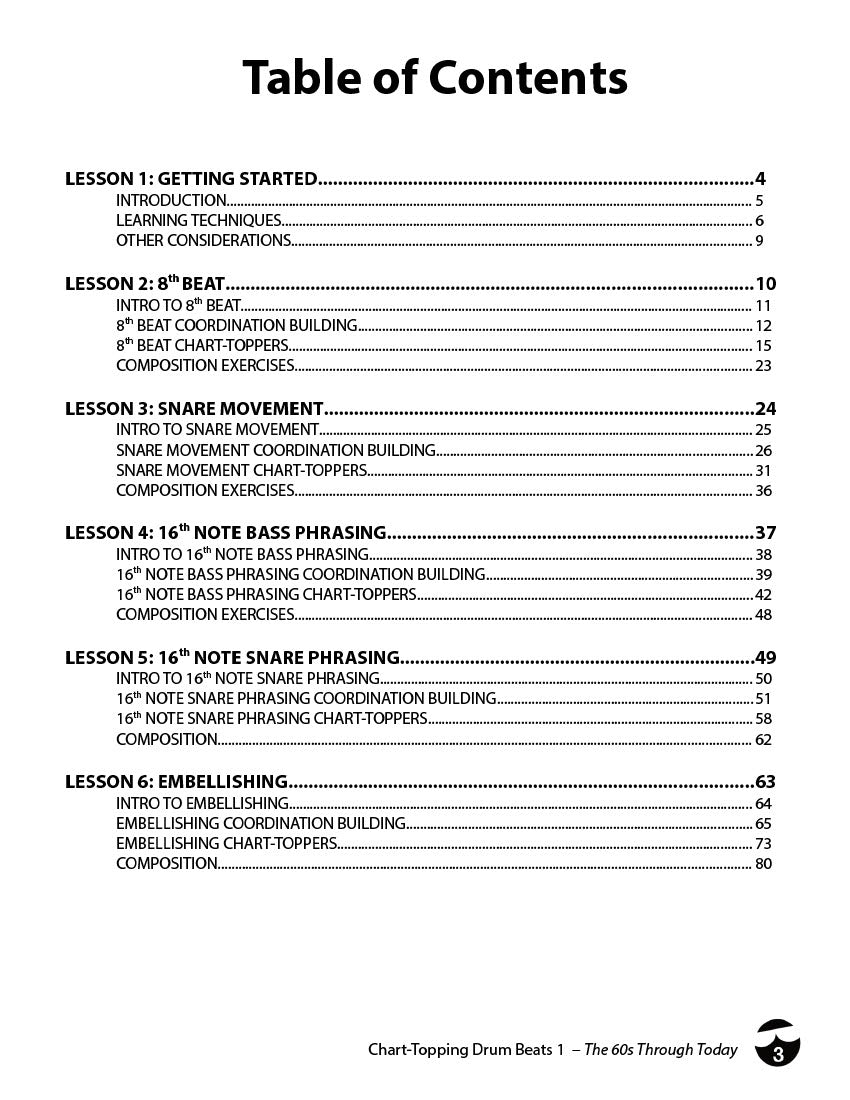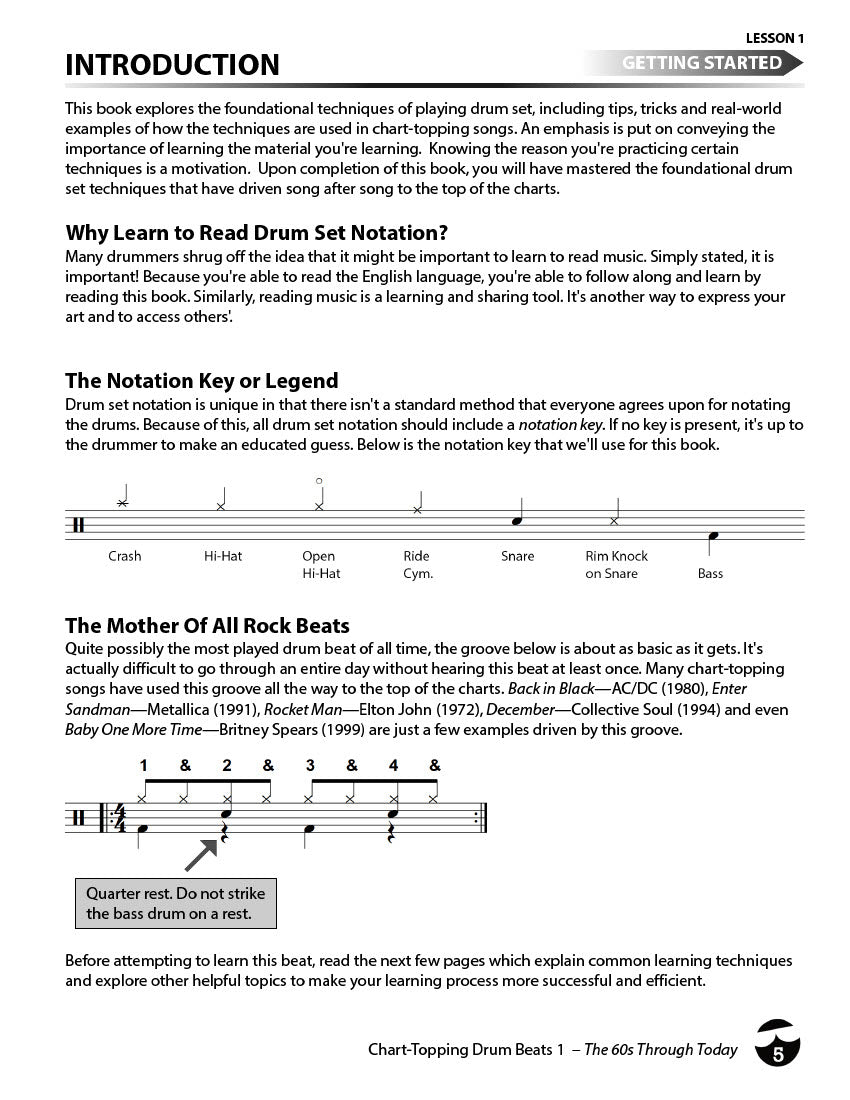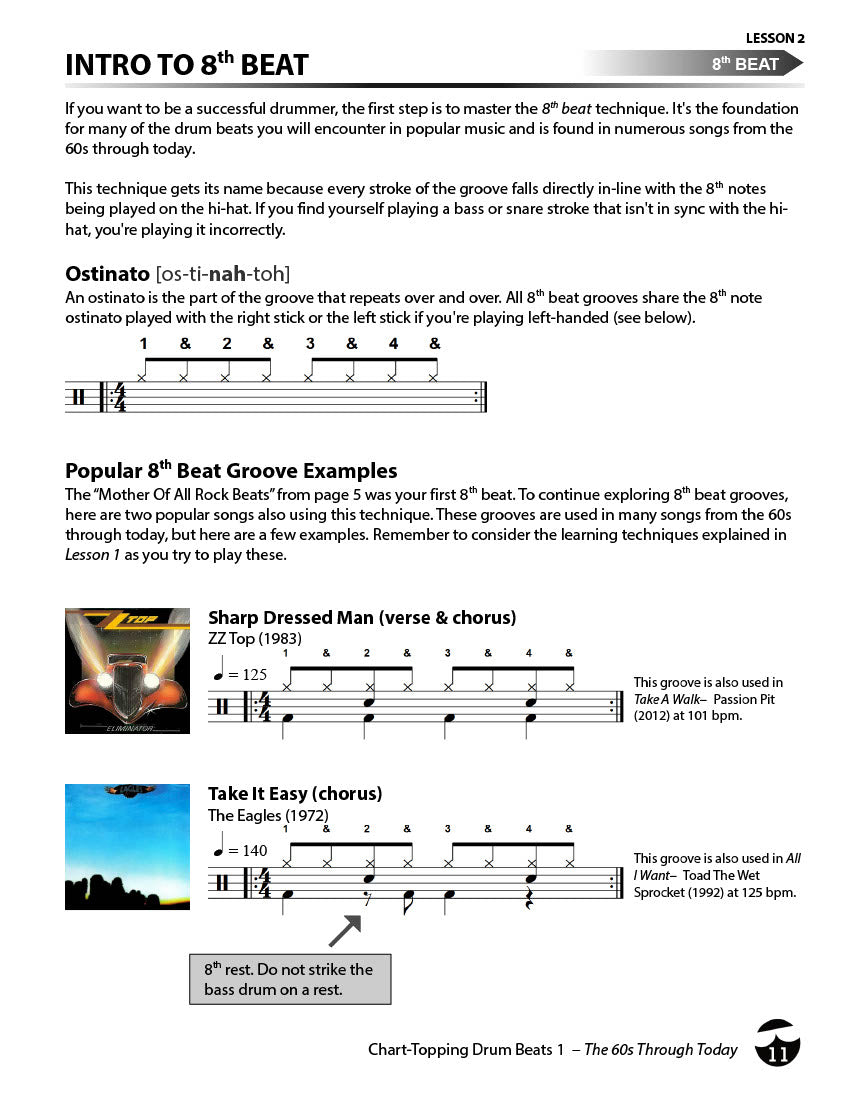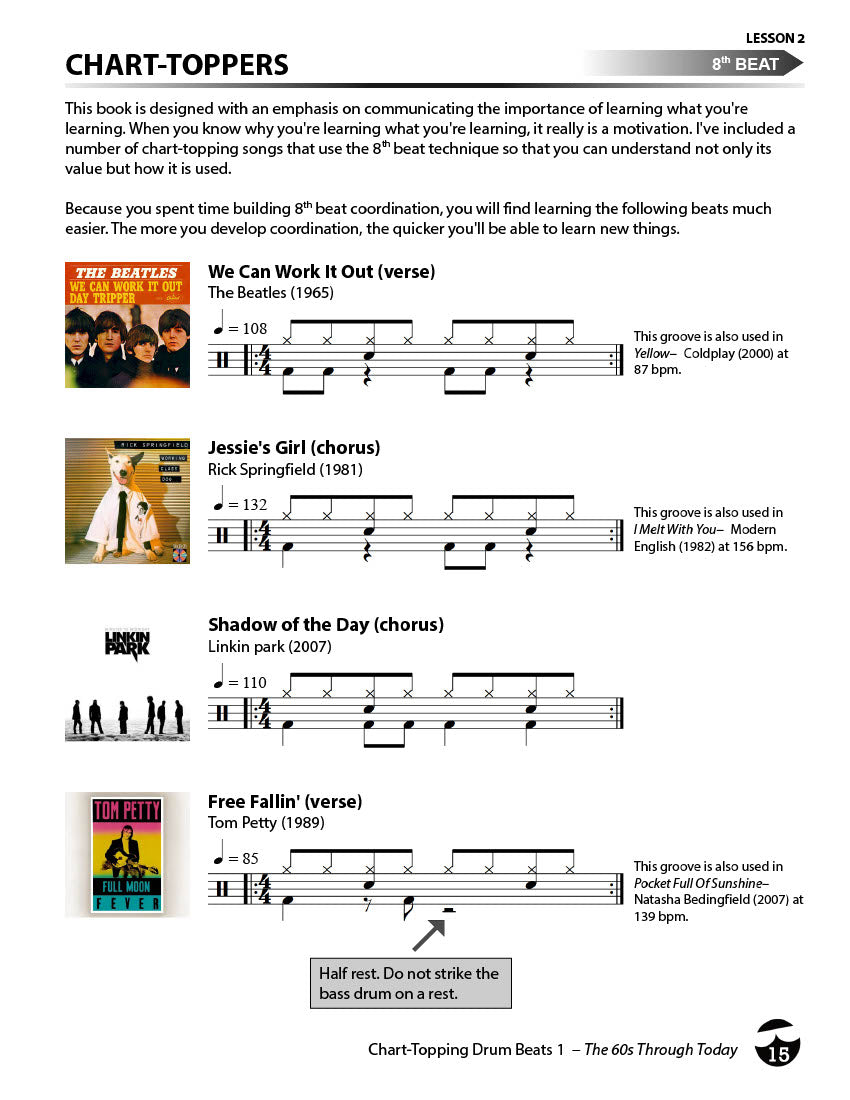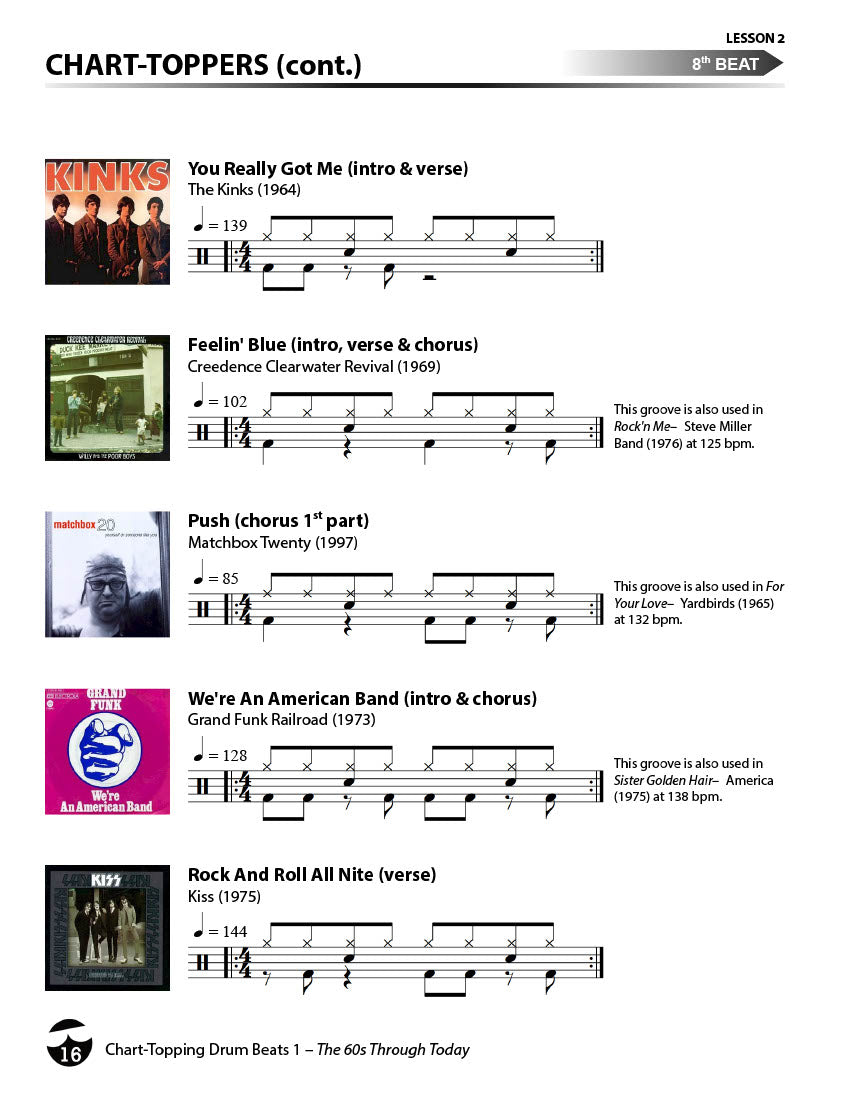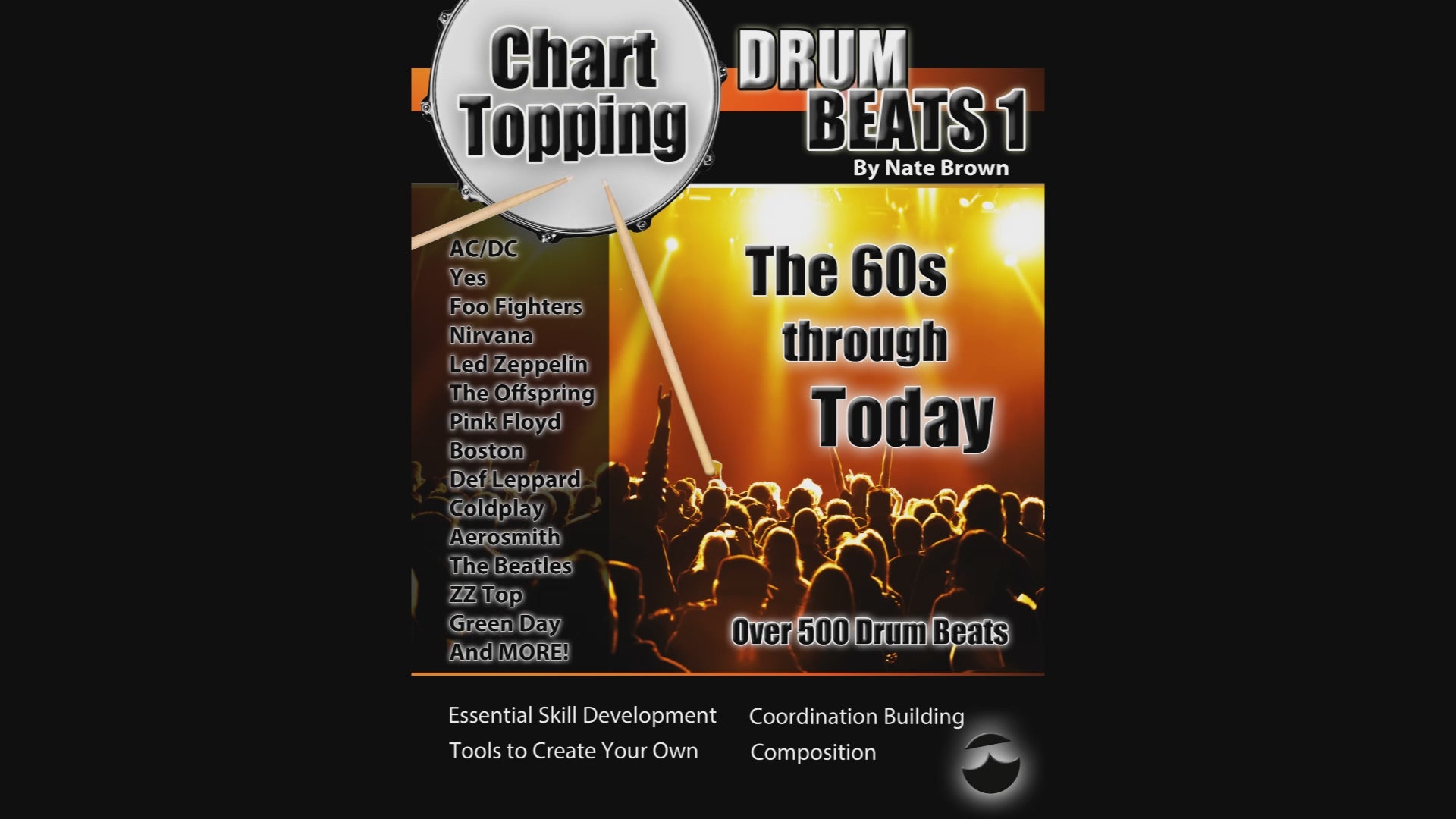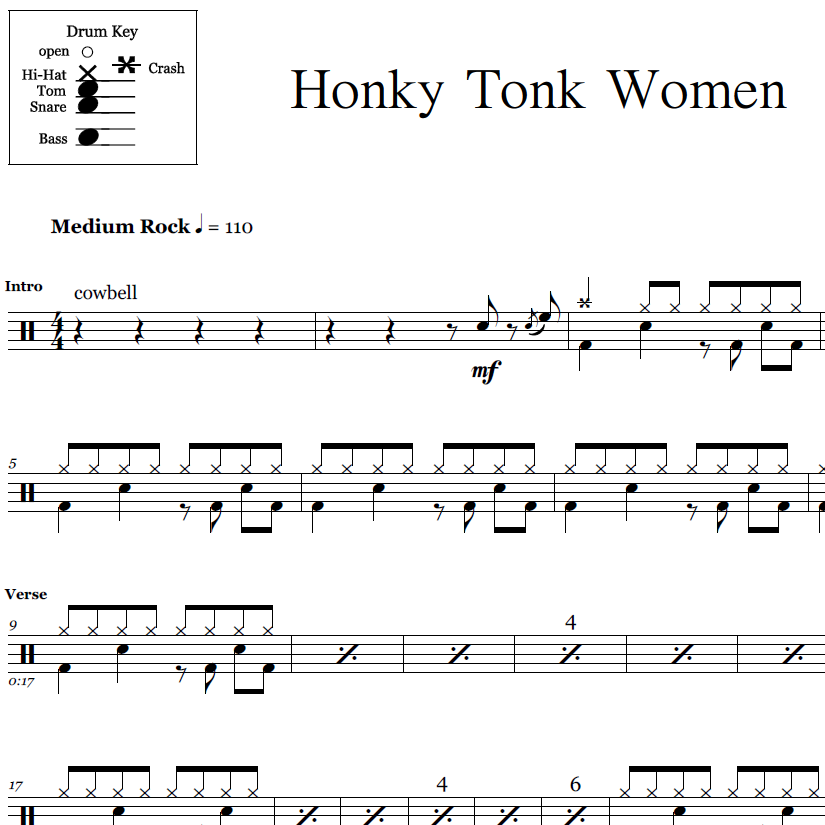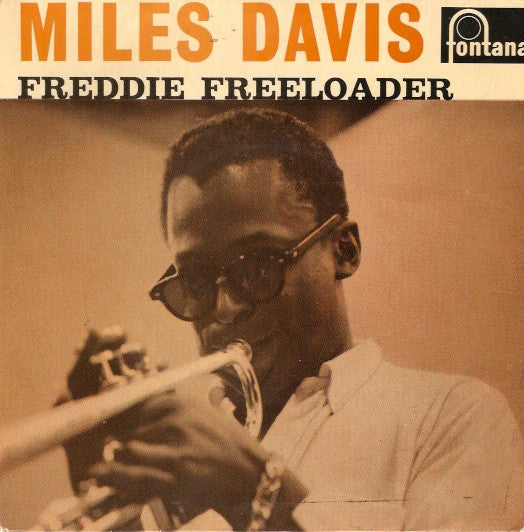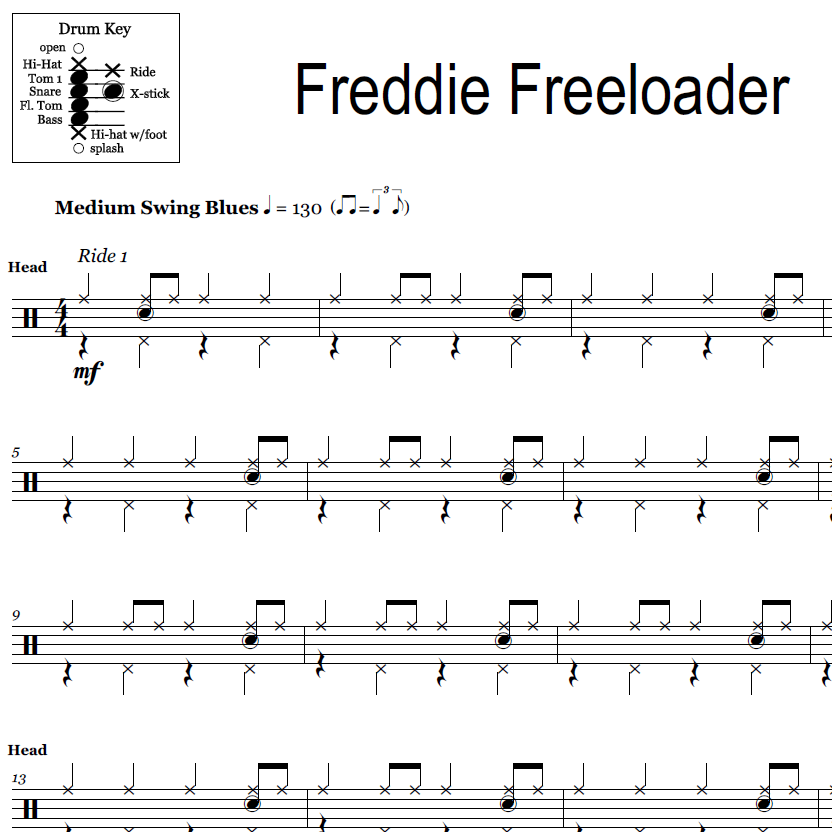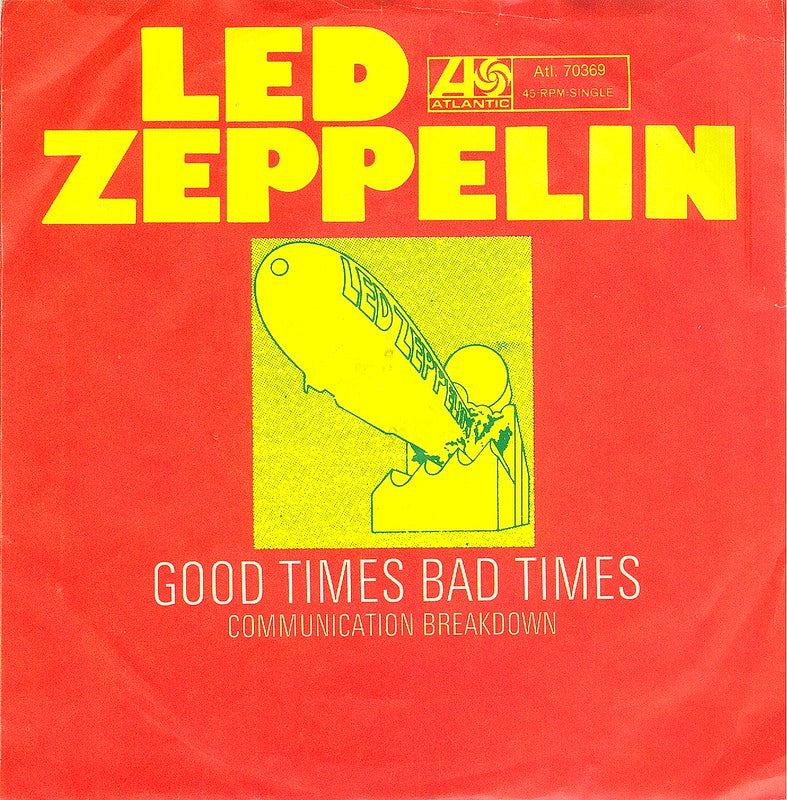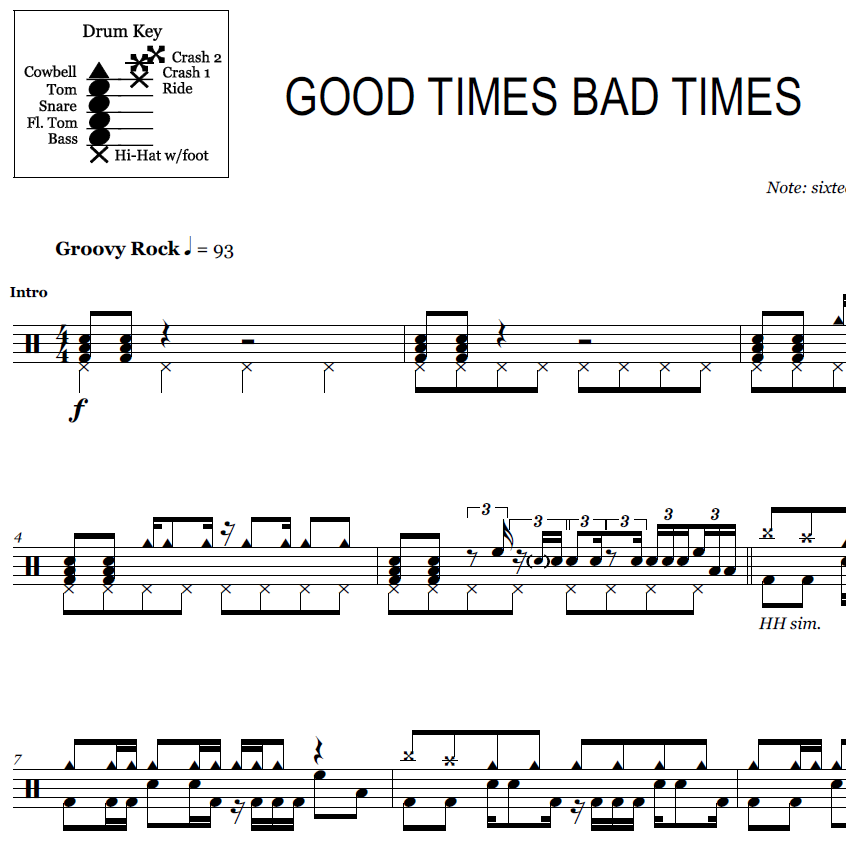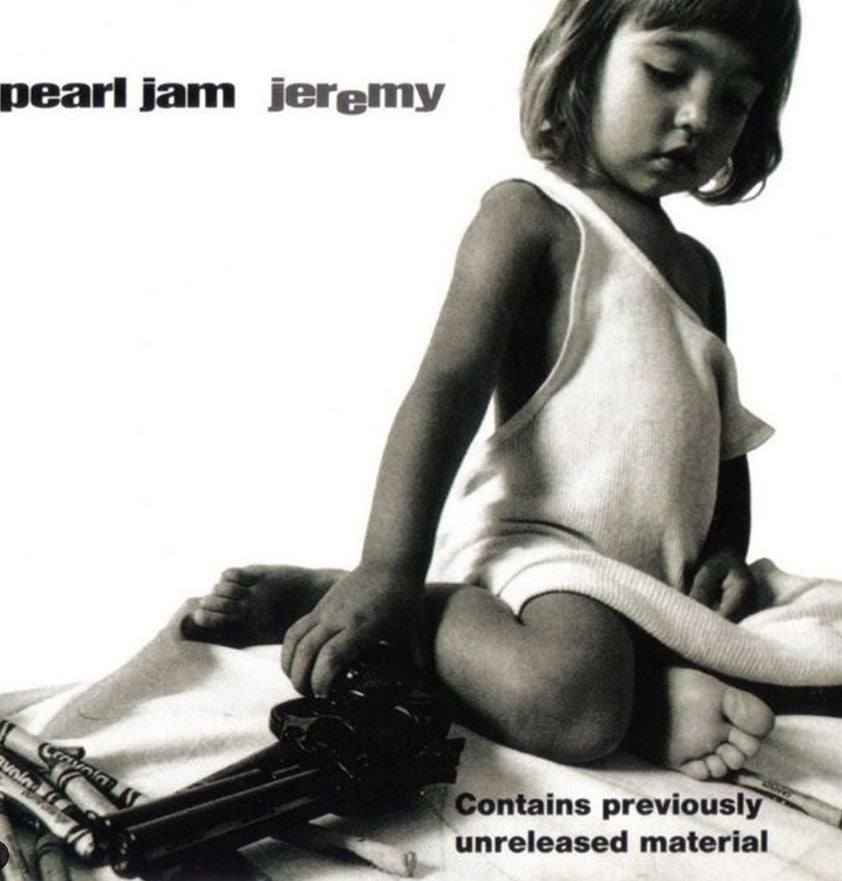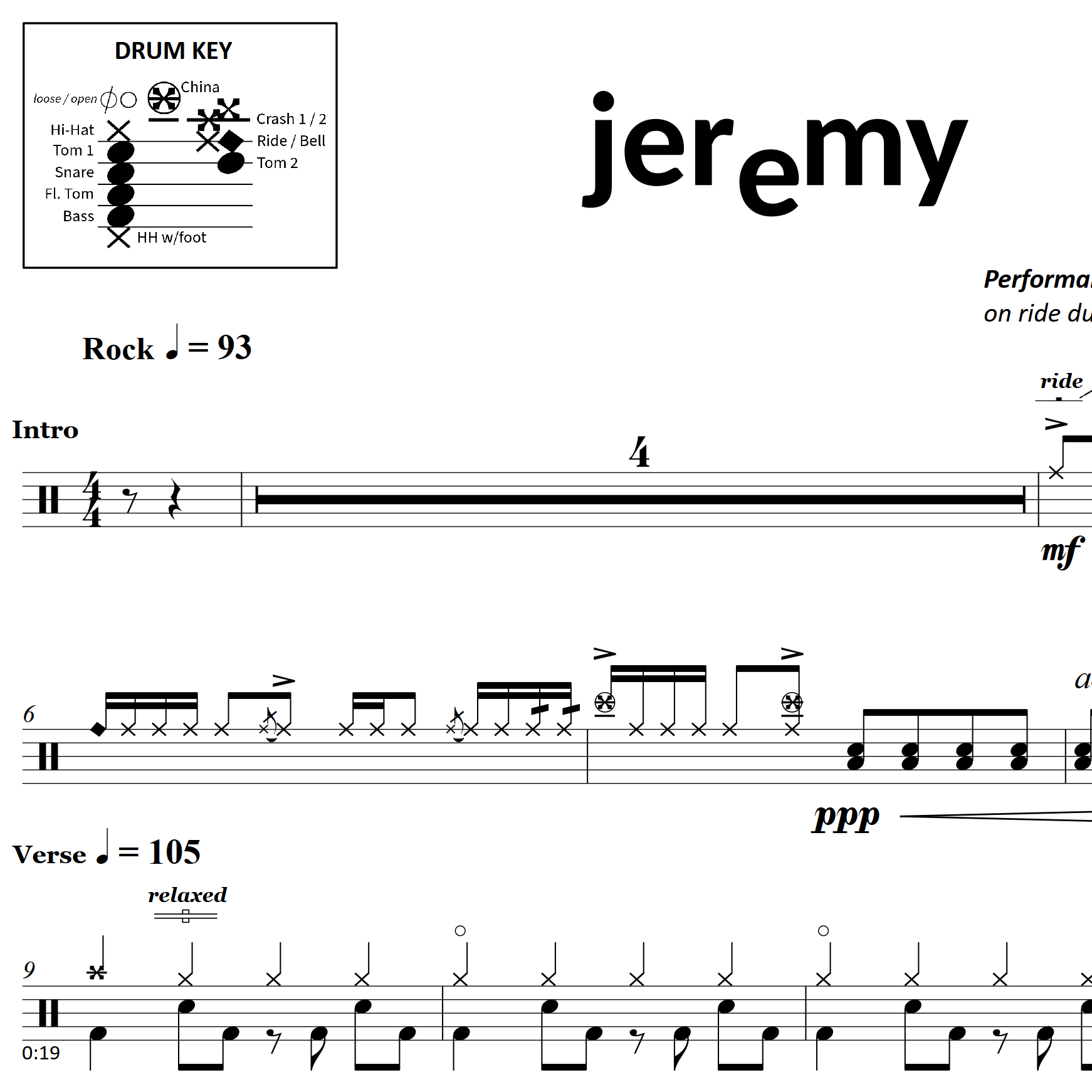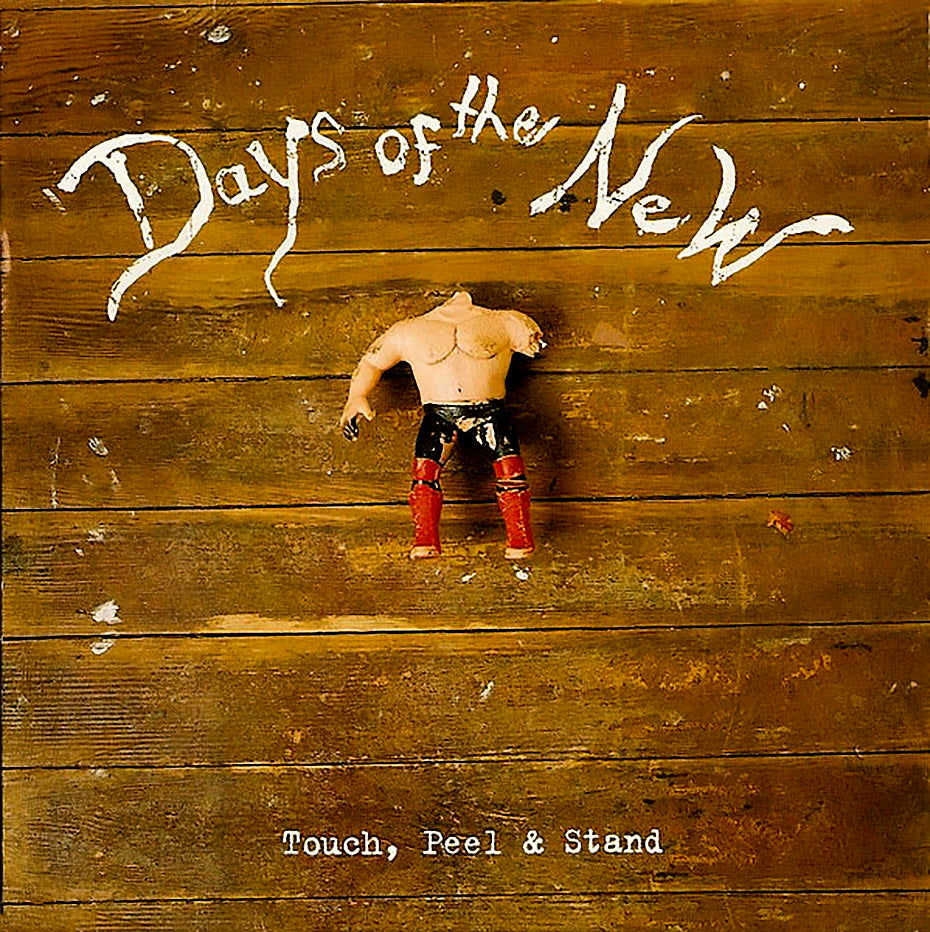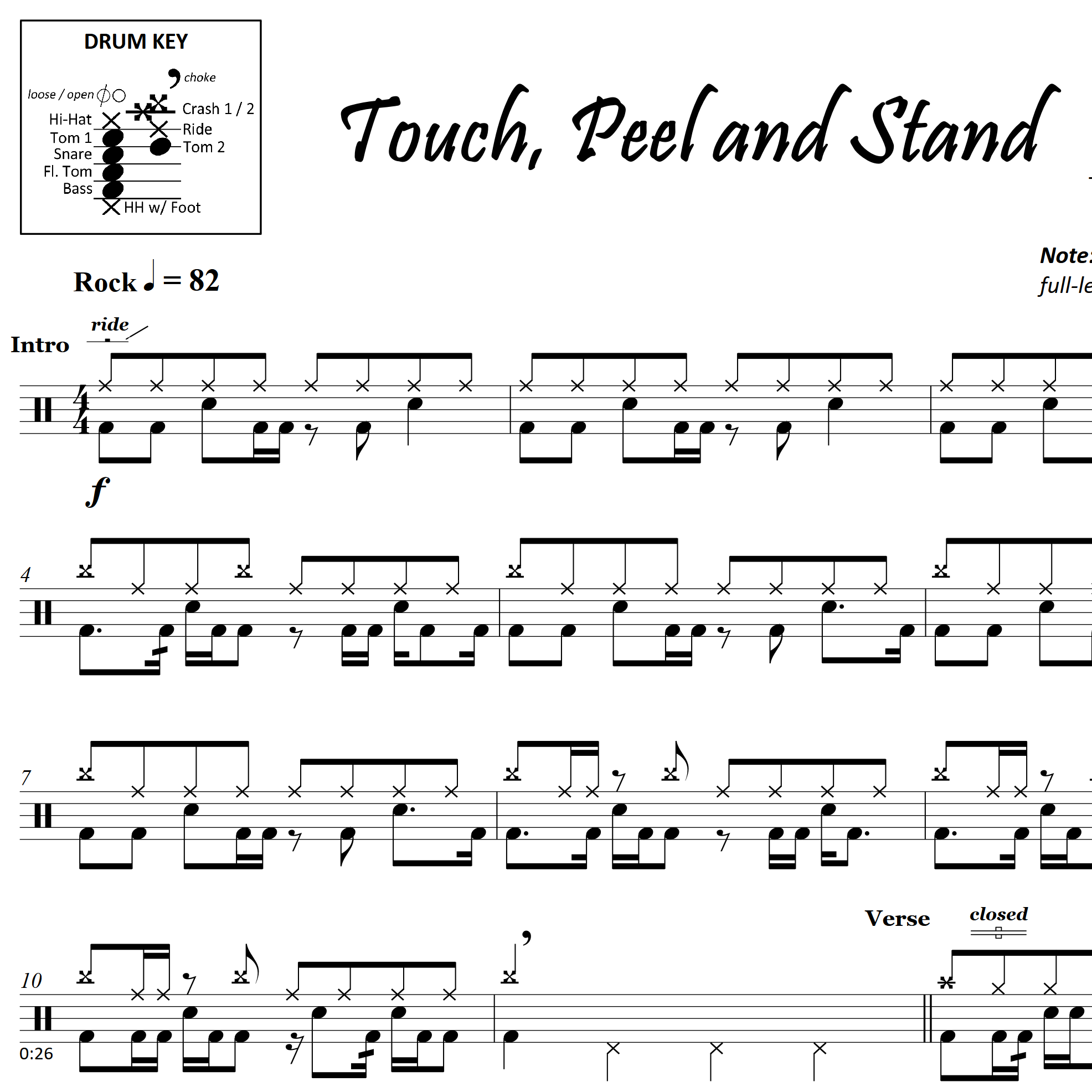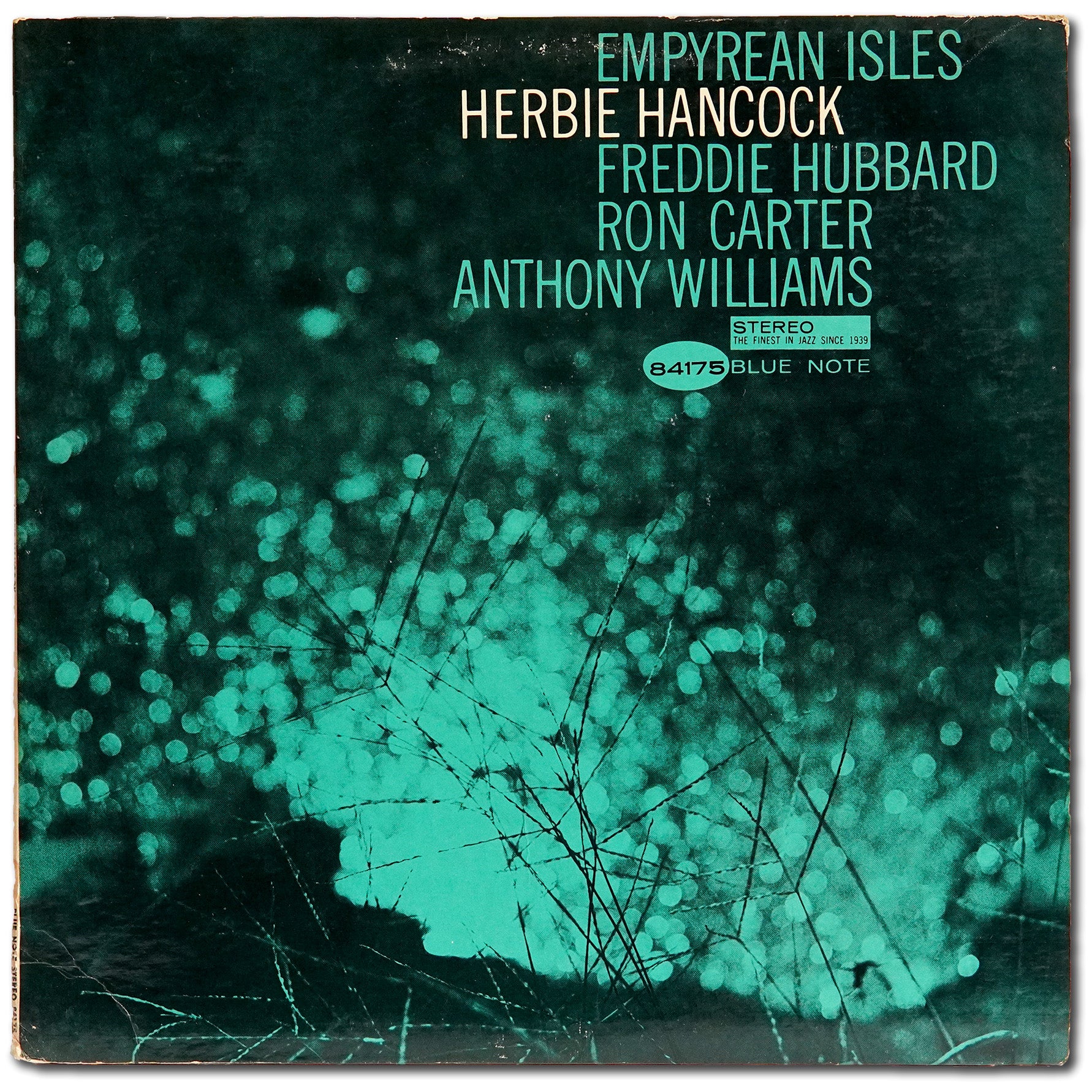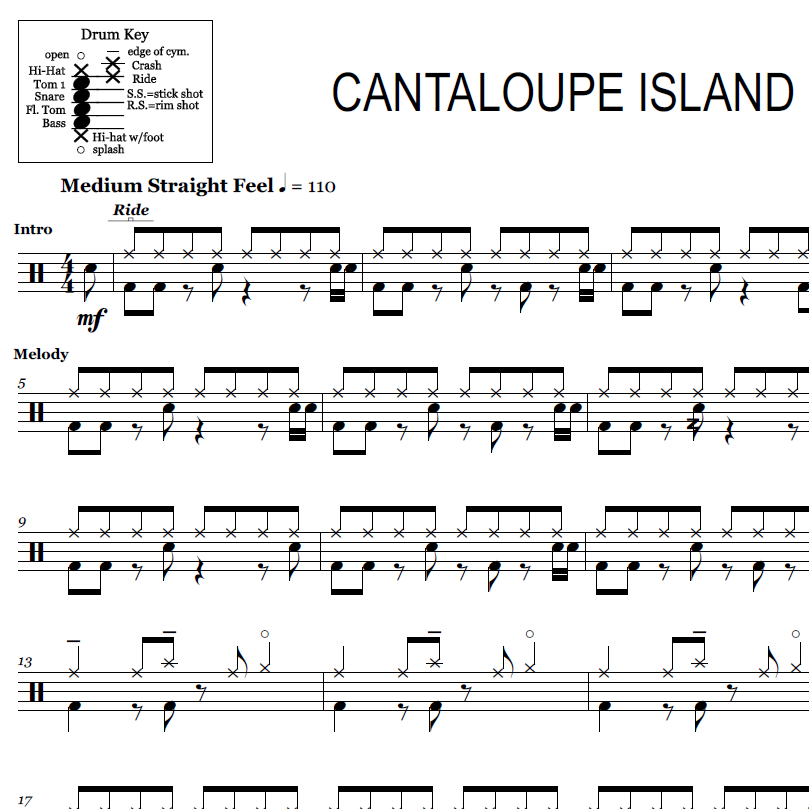What Is 7/8?
Playing odd-time can feel uncomfortable at first. As drummers, we're used to playing everything in 2s, 4s and otherwise groups of even numbers. However, if you think of odd-time in a similar way you think of common time, it can make things much easier for you. Technically, 7/8 is counted like this:

In 7/8 time, each measure has 7 beats, and every eighth note takes up one of those beats. Thinking of it this way can be difficult, though. A lot of times it's easier to count 7/8 beats like you would count 4/4, but the last "&" gets dropped off (see below).

The counting starts over once you play "4." In other words, "1 & 2 & 3 & 4 1 & 2 & 3 & 4." Make sure that you play beat 1 where the "&" would normally fall. Don't put any extra spaces or rests in. Counting the 7/8 groove in a 4/4 style looks like this:

Because people aren't used to hearing 7/8, it might be too much to play a 7/8 groove like this throughout an entire song. A great technique for using 7/8 is to throw in a measure here and there to make the piece interesting. The listeners aren't expecting it, and it often grabs their attention.
If you're jamming with a band, make sure you've practiced it with them first. Otherwise, you'll most likely throw off the entire band. Once the whole band has it locked it, it's a sweet attention grabber that makes the band sound tight.


